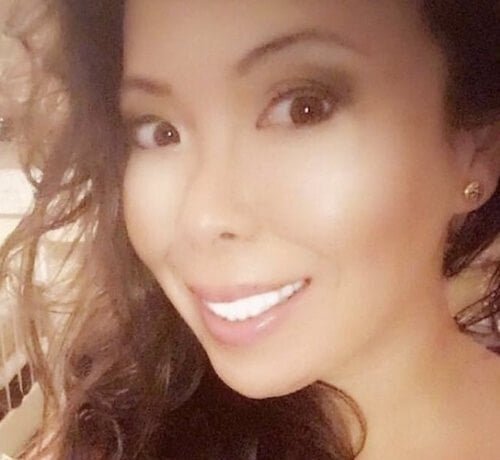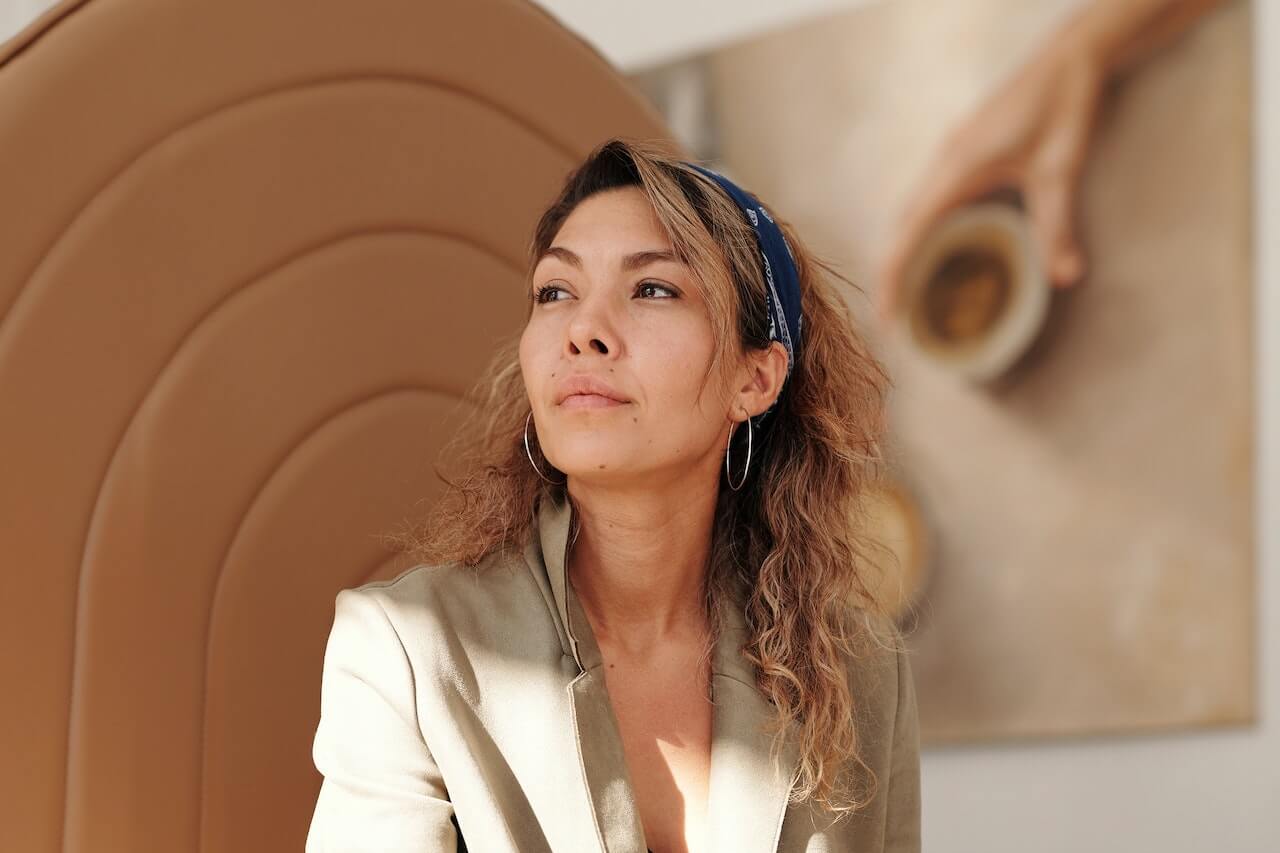Hair is more than a part of our appearance — it's an expression of our identity, one that makes a statement without us saying a word. And noticeable hair loss can cause you to panic. But before you start seeking out miracle "cures" to stimulate hair growth, take a pause. Using minoxidil or other chemically derived hair loss treatments can result in adverse effects.
Here’s what you need to know about minoxidil.
What Is Minoxidil?
Minoxidil was initially developed and tested in the 1950s as a cure for ulcers and proved ineffective. Later, in the 1970s, it was approved by the Food & Drug Administration as an oral medication to treat high blood pressure. Then, an unexpected side effect was discovered: hair growth.
Minoxidil, which is known by various brand names, most popularly Rogaine, was prescribed to men beginning in 1988 and women in 1991. Minoxidil is now available over-the-counter and is the only FDA-approved treatment for female hair loss. Minoxidil is available as a topical foam solution, shampoo, serum and 2% or 5% scalp drops.
Using minoxidil and other drugs are common methods to treat hair loss, stimulate hair growth or address other hair disorders. However, minoxidil isn't considered an effective treatment for postpartum alopecia.
Also: Spironolactone Side Effects Explained
How Minoxidil Works as a Hair Treatment
Minoxidil is known as a vasodilator medication; it makes the blood vessels widen in order to create more expansive blood flow. Researchers think that minoxidil may allow more blood to reach the hair follicles. In turn, this increased blood flow can help with overall circulation, improving scalp health (which is the foundation for increasing hair growth) and may contribute to an improvement in visible hair thickness or density.
Potential Side Effects of Minoxidil
In case you were wondering, minoxidil does have potential side effects. And while the most common side effects of minoxidil products are generally less severe than the adverse effects that can be associated with other hair loss treatments, such as finasteride, but it's still good to be aware.
Skin irritation is the most common side effect of topical minoxidil. To determine how your skin will react, consult the patient instructions. Skin reactions typically take place within a few minutes to a few hours and may include itching, flaking, redness, irritation and burning. This sort of inflammatory response will add stress to your hair follicles and may prevent the growth of healthy hair, serving as an indicator that minoxidil is not right for you.
Also, if you accidentally splash the product on your face, you may experience the sprouting of unwanted hairs, aka facial hypertrichosis. This type of facial hair growth is the experience of anywhere from 3%-51% of women who use the product.
Ironically, minoxidil has also been linked with a temporary loss of hair, known as telogen effluvium. This happens because using minoxidil may shorten the resting phase of the hair follicles, which is called the telogen phase, as well as stimulating the anagen or growth phase. This tends to occur typically two to eight weeks after treatment starts.
Other potential side effects that may occur include:
- Scalp irritation
- Low blood pressure
- Irregular heart rate
- Headaches
- Chest pains
- Trouble in or difficulty breathing
- Changes in hair color and texture
- Weight gain
- Allergic reactions
- Skin rash or another skin-related allergic reaction
The percentage of women who have reported experiencing these issues, however, is relatively low, around 2%-3%. However, any serious side effects when using minoxidil should be immediately discussed with a doctor or other health care provider.
Related: What Medications Can Cause Hair Loss
See Your Doctor for Troubling Hair Loss Concerns
When you initially notice any sort of troubling hair loss, it's best to seek professional medical advice. Ask your dermatologist, health care provider or trichologist about possible causes, which could potentially include hormone imbalances or nutritional deficiencies. A dermatologist can also perform a hair pull test to determine the cause of the hair shedding.
It's important to note that many women will eventually develop some degree of female pattern hair loss, typically noticed around major hormonal life shifts, such as menopause. This common phenomenon is called androgenetic alopecia, and it involves the activity of male hormones called androgens.
While the precise role of androgens in women is not yet completely understood, as a woman, if you're noticing hair loss, it's important to tell your doctor to rule out the possibility of an androgen-secreting tumor or seek medical attention immediately if you notice anything out of the ordinary. Polycystic ovary syndrome, for instance, results in an excess of androgens, which can cause hair thinning in women.
The Takeaway
Besides caring for your hair and scalp with toxin-free wellness products, it's important to take a 360-degree approach to wellness: Strive to lead a healthy, well-balanced lifestyle that also includes regular exercise, adequate sleep and self-care. Your hair and your body will thank you!
More from VEGAMOUR:
- What You Should Know About Stress and Hair Loss
- Finasteride Side Effects Explained
- 5 Hair Loss FAQs Answered by a Doctor


















